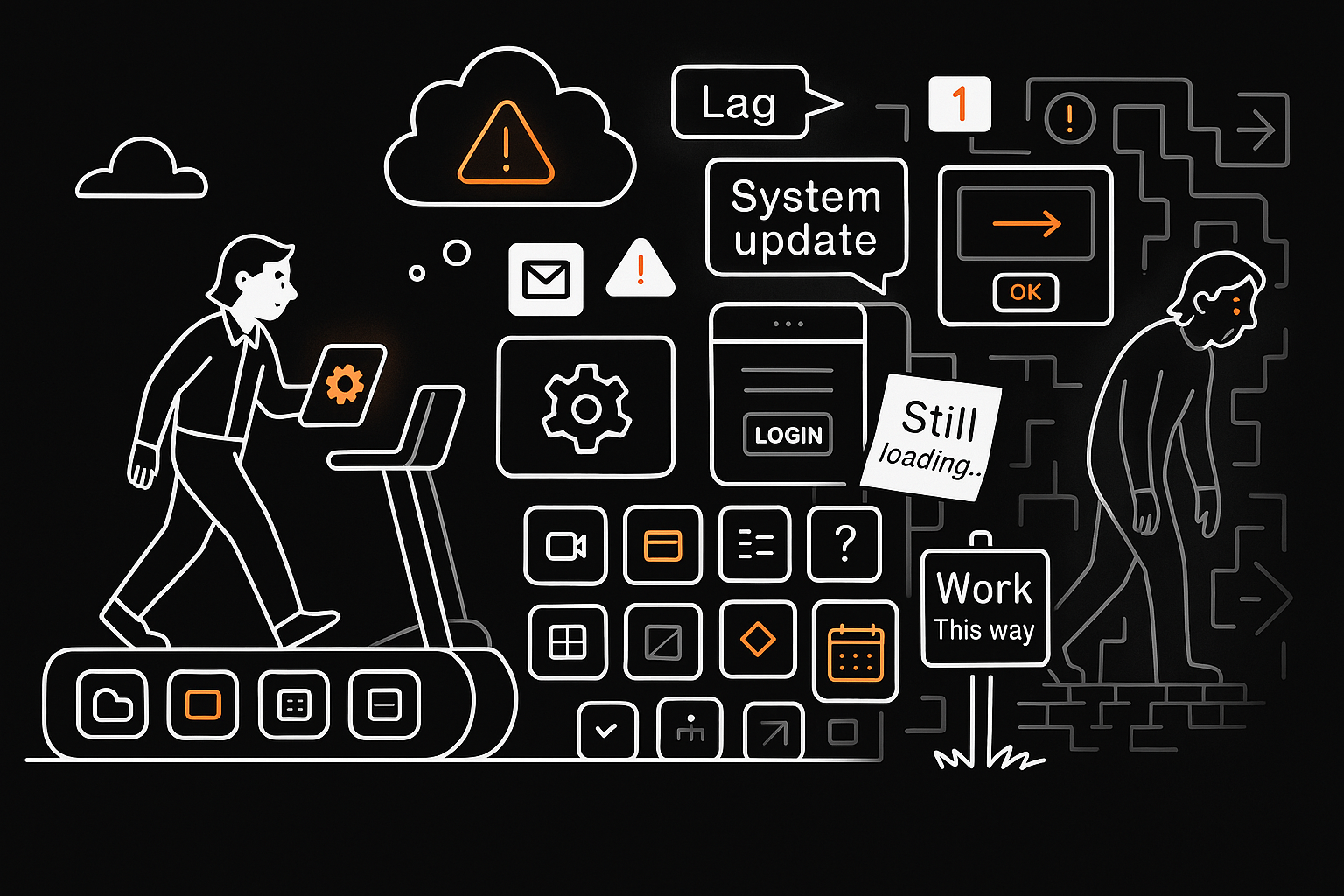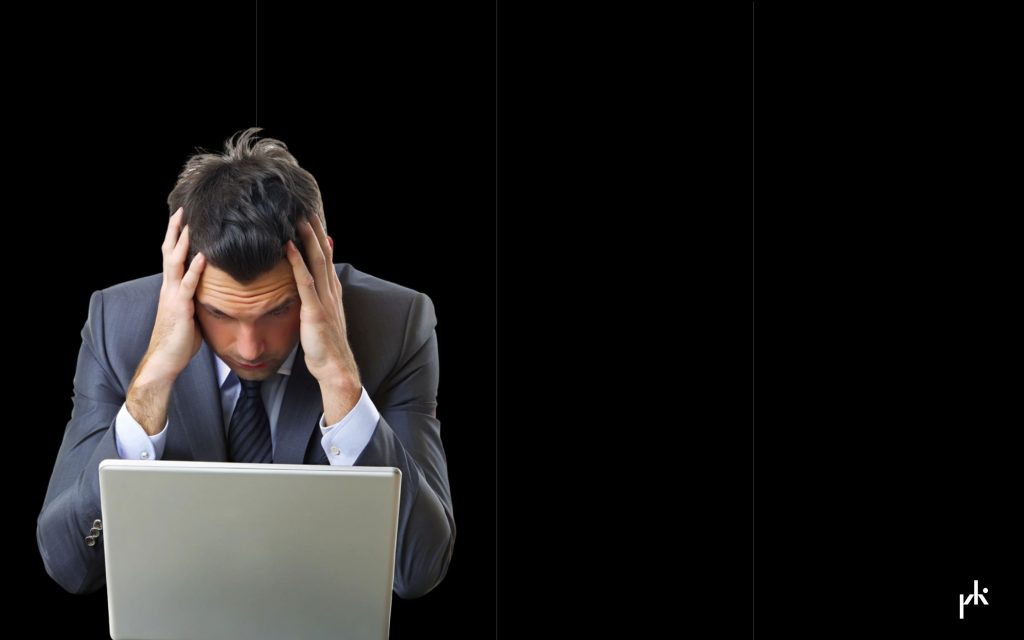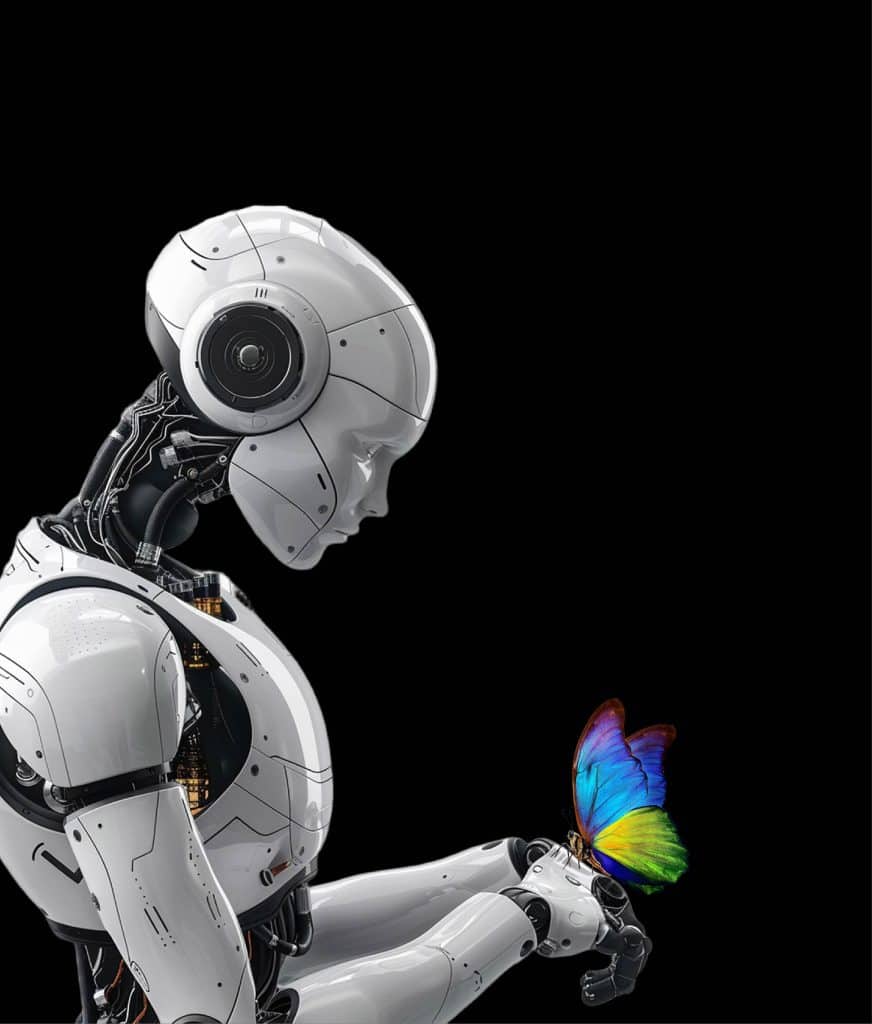When Technology Becomes a Treadmill
We didn’t get here overnight. We added a tool. Then another. And another. Each one promising to simplify, automate, accelerate. Somewhere along the way, the promise of tech became the pressure of tech.
Now, work doesn’t begin with thinking. It begins with logging in, reconnecting, clicking through, finding the right screen, remembering what you were doing before the system interrupted you.
We’re drowning in apps, alerts, and updates.
And instead of helping us move, it feels like we’re stuck on a treadmill—running fast, going nowhere.
Gartner says collaboration tool usage has gone up 44% since 2019. But 47% of digital workers still can’t find the information they need. Forbes reports that 96% of employees say the tools don’t actually help them keep up.
That’s not transformation. That’s noise.
The Slow, Quiet Tax We Never Account For
This isn’t about crashes or bugs or downtime.
This is about the slow, creeping resistance we feel in the flow of work.
A lag here. A missed alert there. A button that moved for no reason. A workflow that feels more like guesswork. A help system that doesn’t help.
Gartner calls it digital friction—“the unnecessary effort employees exert to use data or technology for work.” And that’s exactly what it is. Effort we shouldn’t be spending. Decisions we shouldn’t be making. Energy that goes into navigating the system instead of doing the work.
It’s friction. Not big enough to escalate. But real enough to exhaust.
This Is the New Burnout
Burnout doesn’t always come from being overworked. Sometimes, it comes from the feeling that work shouldn’t be this hard—and yet somehow, it is.
Forrester says we lose 36 workdays a year per employee to digital inefficiencies.
Let that sink in. That’s two months gone—not to meetings or deliverables—but to figuring out how to work.It doesn’t show up as red in the system. It shows up in people—fatigue, frustration, disengagement.
It’s not a loud breakdown. It’s a quiet fade-out.
We’re Not Tired from the Work. We’re Tired from the Way.
The task isn’t what drains us—it’s the path to the task.
It’s the toggling, the switching, the clicking, the searching. The starting over. The not knowing why something isn’t working, again.
Harvard Business Review found we switch between apps over 1,200 times a day. That’s not multitasking. That’s fragmentation. That’s our focus being pulled apart, piece by piece.
We’re not resisting technology. We’re trying to survive it.
What Friction Really Looks Like
It’s not just poor UX. It’s not just too many tools.
It’s functional friction—the design that makes you pause.
It’s contextual friction—the system that doesn’t adapt to your intent.
It’s behavioral friction—the endless repetition that trains you to care less.
IDC warns that companies with high friction environments deal with shadow IT, poor adoption, and diminishing returns on their digital investments.
Friction doesn’t just slow you down. It slowly convinces you that nothing will ever feel easy again.
People Don’t Want More. They Want Less… in a Better Way.
Every tool that gets added should justify its place in someone’s day. But we’ve normalized overload. We’ve mistaken access for empowerment. And we’ve stopped asking how it all feels to the person at the center of it. Real productivity doesn’t come from piling on more tools. It comes from reducing the resistance to getting the work done.
Experience Isn’t Just What We Deliver. It’s What People Carry. We love to measure experience—NPS, surveys, adoption rates. But here’s the thing: Experience doesn’t live in numbers. It lives in moments.
A login that works on the first try.
A task that takes two clicks instead of six.
An update that doesn’t break muscle memory.
Experience isn’t just what we build. It’s what people carry with them when they’re done.
Fixing Friction Is an Act of Care
This isn’t about efficiency. It’s about dignity.It’s about whether people feel supported—or slowly worn down. Whether they begin the day with focus—or with friction. Whether the system works for them—or they have to work around it.
Gartner predicts that 75% of companies without a DEX strategy will fail to reduce digital friction by 2027.
That’s not a tech problem.That’s a leadership one.
Make Work Feel Like Work Again
The best tech doesn’t get in the way. It gets out of the way.It fades into the background. It flows with you, not against you. It makes work feel like work again—not like a maze you have to solve every morning.
We’ve already built enough.Now it’s time to make it feel right.
Not just for speed. But for sanity. And maybe, for joy.


